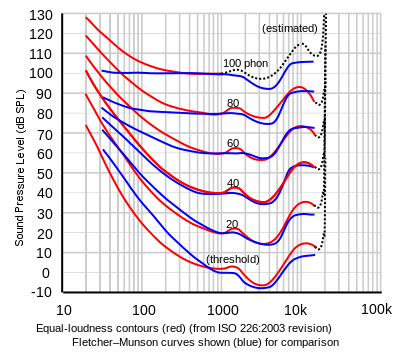A very rare chance to commit to an objective test in a subjective reality:
Everything you have here has the electrical signal (we call it ’electrical’, which is a huge misnomer, it’s obscenely pidgin and incomplete), and all of it has to deal with the problems of how a signal in a delta state has to work with the ’wire’. Which is inordinate complex when we look at the quantum aspects of electron transfer.
Everyone is looking for the better, cleaner, more detailed and sweeter and I can assure you that a lot of that ’final frontier’ of elusiveness is contained in the errors encountered when trying to use wire for electrical signal transfer.
Liquid metal cables were created to get rid of the majority of the major problems in using wire for high end audio attempts. To get rid of the inherent problems in using wire for signal transfer.
It is the only place in the world, the only way in the world.. to sidestep this wire problem while still remaining in the electrical realm. To try them out is to be a fish in the water, who finally, for the first time it it’s life, understands what water is. To finally form a perspective that shows and illustrates what water --- is.
This is due to the electrical signal being handled totally different than it is with wire. I’d love to lay it out in fine detail, but we get haters if we explain.. and we get haters if we don’t. Ignorance screams it’s presence, if we have the sense of mind to understand what such noise is actually about.
Since the information is obvious at the high end and cutting edge physics level, and not quite known at all... at the high and audio level... and not well understood in the high technology level, we explain nothing. Nothing at all.
The information and the lore and the look down the road ---is far too valuable for that.
So, if you run into the ’noise over signal’ problem that all high and audio attempts eventually run into, you’ll find yourself in front of true fundamentals, and a huge fundamental, not well recognized, is that conductive elements (periodic table) are a good item to use in electrical signal transfer, but upon deeper reflection and deeper looks, problems arise. Limitations arise.
Problems that are inherent in the medium of the device itself (wire made of elements and alloys), and only some other tactic or method or medium that commits to a different transfer method will get this issue objectively clarified and separated out.
The liquid metal audio cables provide that avenue for the first time ever and probably the only time ever.
When the OP gets to the area that they are in .. they are really engaging in hard limits, true ceilings, and getting further down the road involves questioning all fundamentals, in total re-assessment.
(FYI the basic Liquid metal cables were tested at the highest levels of the TI (Texas Instruments) technical campus, and found to be notably anomalous in expected electrical norms. This, from their top man, who has an IQ of 196)
Some may call this an unwarranted advertisement, but no, I’d call it a wake up call.
We are a very small company who does not sell a lot of product. but.. we were told quite clearly (by a major cable manufacturer), in 2009, that we scare the hell out of all the top cable manufacturers. Too bad that never came to fruition. I guess they all gave their customers too much credit and they attacked too hard, for us to become the technical and quality threat that we really are. They were seriously worried that we’d take a good chunk of their sales away from them. All of them were worried (as we were told), as we are the holders of ’the next level’ of audio cables. (*)
It’s my personal fault, really. I wanted audio to be better, so I went after questioning the fundamentals, the real fundamentals. So we changed the full on physics fundamentals in use, in electron transfer, in high end audio.
It only changes a few percentage points of articulation of fine detail but we’ve all got the other 98% and this changes the 2% you want changed, which was previously out of reach and not known in it’s character or nature, as the fish could not and cannot realize or know of the water it is in....
Which makes it a really big deal when the chase, the attempt... is aiming at the impossibility of perfection.
(*) why are we not as successful as we might be? well, it’s simple. we’re the first, the orignal and the only. And acceptance, and understanding, takes time. and there has to be more than one provider, there has to be multiples in the market, for a thing to go forward. there must be market presence. THEN it can take off. So, even if we are the best in the field, where all the orignal innovations and incremental advances in the technology involved -are created whole cloth by us...there is, in the market record...scant chance that we’d ever succeed. When the patents expire and more players get involved, it might have a chance. But none will likely approach or make it to our lore and application level, as the original thinking involved in the core innovation speaks of deeper knowledge than that of the dilettante.
Cutting edge is cutting edge and in that definition and reality, very few people make it there. Eg, how many climb Everest, even though billions know it’s name and image, and billions have an opinion?
Who you gonna trust, the noise or the signal?


